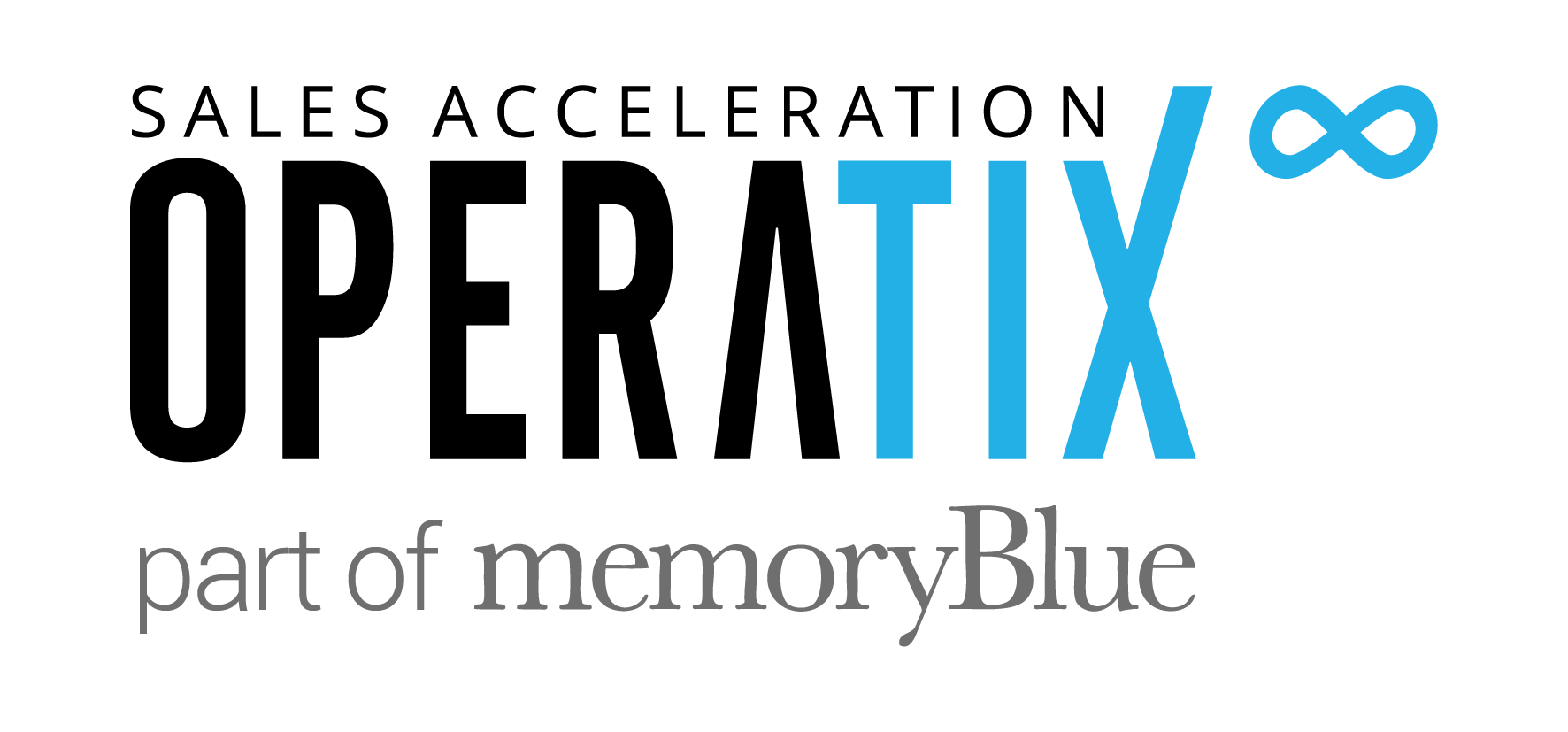The adoption of account-based marketing (ABM) into business models has grown exponentially over recent years, showing no sign of slowing down. This should come as little surprise, given the plethora of benefits adopting an account-based marketing strategy offers – the best of all being the clear alignment between sales and marketing.
The nature of account-based marketing brings both teams together harmoniously, including the sales development representatives who will report to either sales or marketing, depending on the organisation.
To understand the role that SDR teams play in an account-based marketing world and how they can help accelerate and maximise results, we spoke with Jessica Fewless, VP of ABM Strategy, Field & Partner Marketing at Demandbase. Additionally, we explore the numerous benefits of account-based marketing and the top tips for utilising the strategy.
What is account-based marketing?
Account-based marketing (ABM) is a sales and marketing strategy in which all outreach is tailored to appeal to specific accounts or prospective customers, rather than having a generic message or addressing a broader market. All campaigns address the goals, needs, and challenges of the target account, encouraging positive relationships with prospects, more meaningful engagements, and a stronger likelihood of conversion.
According to Demandbase: “ABM helps B2B marketers identify and target the accounts they value the most. ABM solutions typically include account-based data and technology to help companies identify, attract, engage, convert, close, and then measure progress against customers and prospects.”
Sales development and account-based marketing
Sales Development Representatives (SDRs) play a pivotal role in account-based marketing. They allow companies to generate strong, qualified leads, moving away from the traditional ‘smile and dial’ approach, which often leads to a disconnect between lead generation and sales.
In an account-based marketing world, “the total number of activities (calls/emails) will decrease, but the relevance and personalisation of interactions increase significantly.” As such, this results in solid leads that are far more likely to bring consistent results and lead to revenue.
Personalisation is a key factor of ABM – it makes interactions more direct and puts the prospect at the centre of the conversation by ensuring they feel SDRs have a good grasp of their business, and so are only approaching them with relevant information.
Technology and ABM
Introducing technology into the SDR role can be highly beneficial; it not only increases productivity but also provides SDRs with a more in-depth insight into other companies, allowing them to tailor messages that are more relevant to the prospect. For instance, AI can reveal more information about that company: what they are searching for and whether they are on your competitors’ websites (which could indicate a likely buyer). Not to mention, it can help identify who you can talk to there and what you can discuss with them.
SDRs are a crucial component of ABM. They have the capacity to be flexible and proactive, not just reactive to inbound leads. They can collaborate with marketing teams to nurture specific leads in ‘fieldwork’ and are able to prioritise appropriate leads with sales and marketing, thus bridging the gap between the two departments.
In ABM, sales development representatives can fit in virtually anywhere within the sales and marketing teams. If the whole team is focused on the same thing – i.e. target accounts and revenue – the right outcomes will occur regardless. Marketing needs to acknowledge the SDR team’s role in their success, knowing that if the SDRs aren’t fully engaged in a campaign or aren’t adequately enabled to capitalize on it, it will likely fail. Similarly, if the SDR team recognizes the marketing team and its importance in helping them reach their goals (pipeline and revenue), they will be willing to work with leads from the marketing list.
What are the benefits of account-based marketing?
As mentioned in our introduction, account-based marketing offers a number of benefits and is well worth incorporating into your sales and marketing plans.
- Increased conversion rates: ABM’s personalized approach increases the relevance of your engagements, leading to better conversion rates as you’re targeting accounts with a need for your solution. This means they are more likely to invest and turn into a paying customer.
- Improved customer relationships: Due to the high levels of personalisation and one-on-one contact, ABM encourages a genuine relationship with prospective customers. This leads to higher levels of trust and loyalty, as well as a positive view of your business.
- Precise targeting: Account-based marketing strategies encourages you to focus on the most relevant accounts and those with a likelihood of converting. This, in turn, makes for better use of resources.
- Alignment with sales and marketing: ABM aligns marketing and sales teams, leading to improved communication and collaboration.
These are just a few of the many benefits of account-based marketing. In short, the personalisation of engagements and a more particular approach leads to more meaningful interactions with decision-makers, increasing ROI on activities.
Account-based marketing examples
There are numerous account-based marketing strategies that can be easily incorporated into sales and marketing approaches, yielding a significant impact on results. These include, but are by no means limited to:
Tailored content: This involves customizing resources such as whitepapers, case studies, or videos to directly address the distinct challenges and goals of specific target accounts. By doing so, you demonstrate the benefits of your solution, foster trust, and position your company as an industry expert.
One-to-one outreach: Sending personalised emails, direct mail, or social media messages to key contacts within a target account is an excellent way for a sales team to employ account-based marketing. Executed through phone, social media, email, and similar channels, this approach allows for fully personalised conversations that cultivate trust, authority, and respect.
Video messages: Craft brief video messages that address the lead by name, along with their specific challenges, and demonstrate how your solution can deliver value. This personal touch showcases comprehension and fosters trust, increasing the likelihood of leads engaging with your offerings.
Events: In-person events are effective for bringing decision-makers together with your sales team. With ABM, you can enhance these events by sending special invitations to key prospects from desired accounts, arranging exclusive VIP meals, providing personalised gifts, and individually following up after the event.
Email campaigns: Unlike mass approaches that employ templates and automation, ABM concentrates on crafting custom emails for each company, job title, or individual. Business leaders are more likely to engage and interact with email campaigns that offer solutions to their problems or address their questions.
Account-based advertising: This is when you use personalised ads on platforms such as LinkedIn and Google to target decision-makers in specific accounts. By using this method, you increase the likelihood of visibility and engagement from your ideal customer.
People’s preferences vary, so one communication method may be favoured by one prospect and disliked by another. This is why a multi-touchpoint approach is necessary when implementing an account-based marketing strategy, which involves utilising multiple channels repeatedly. Doing so will enhance engagement and the campaign’s effectiveness.
Conclusion
To conclude, SDRs play an important role in an ABM approach and, if implemented successfully, can accelerate results and pipeline generation when aligned with the overall sales and marketing strategy. The personalised, multi-touchpoint approach is more likely to resonate with prospective customers, fueling trust and loyalty as the relationship grows.
About Jessica and Demandbase
Jessica Fewless is VP of ABM Strategy, Field & Partner Marketing at Demandbase and an ABM enthusiast. In her journey at Demandbase she has spoken to over 100 customers and prospects and has presented over 2 dozen certifications and workshops on a variety of topics around ABM. Jessica led the strategy for and built a Field team at Demandbase which accounts for 15% of their pipeline and touches 40% of all won business for the company.



